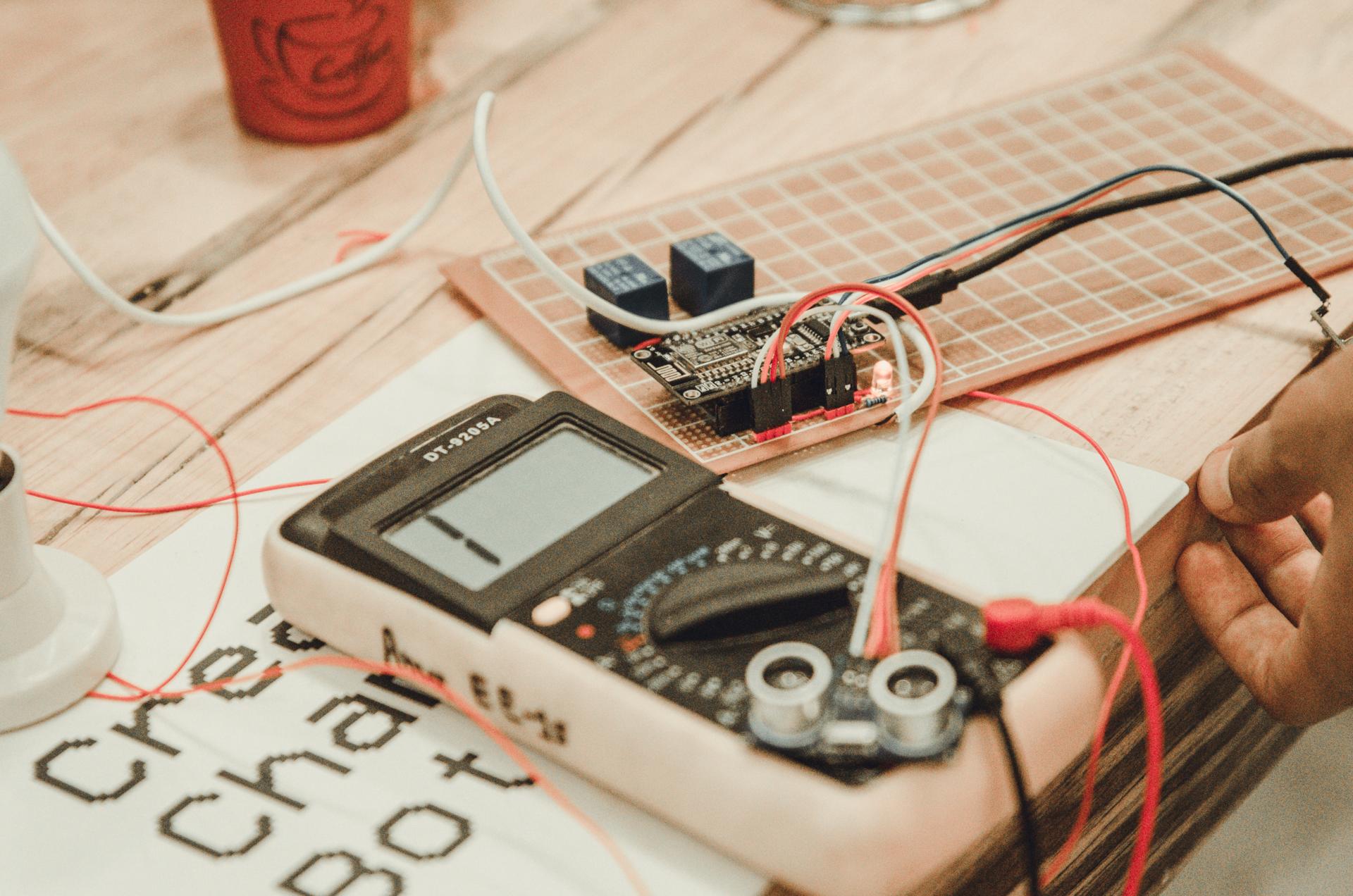How to Test Your Home's Electrical Security: A Comprehensive Tutorial

In terms of home security, one of the most crucial aspects to be considered is electrical safety. Testing for electrical safety is the procedure of testing the electrical system within your home to ensure it’s safe and up-to-code. In this article we’ll provide an overview of what electrical safety tests are, what equipment you’ll require for conducting them, how to carry out the tests and the warning signs to be aware of.
What’s the definition of an Electrical Safety Test?
A safety test for electrical appliances is the process of inspecting the electrical system within your home to ensure that it’s functioning safely and properly. Electrical safety tests are important as they can avoid electrical fires and accidents and also ensure the long-term durability of your electrical system.
Tools Required to conduct an electrical Safety Test
For conducting an electrical safety test you’ll need some essential tools. This includes a voltage tester, a continuity tester, a circuit tester, as well as the outlet tester. It is utilized to look for live circuits while the continuity tester checks for broken circuits. The circuit tester is used to look for wiring issues, and the outlet tester is utilized to identify electrical issues in outlets. It’s important to use these tools correctly to get accurate results.
How do I Conduct an Electrical Safety Test
To perform an electric safety check in your home take these steps:
Switch off the power source to the circuit you’re trying to test.
Utilize your voltage tester to check for live circuits.
Utilize the test for continuity to look for broken circuits.
Utilize the circuit tester to check for electrical faults.
Utilize the tester for outlets to check for wiring problems in the outlets.
During the process of testing Be sure to check for any signs of damage or wear on the wires, such as broken or frayed wires burn marks, or loose connections. If you spot any problems, it’s important to address them as soon as possible to avoid potential hazards.
Signals of electrical problems to be Watchful for
There are a variety of warning signs that could indicate electrical problems in your house. These include flickering lights frequently tripping the circuit breaker and crackling or buzzing sounds from outlets, hot or discolored outlets as well as a burning smell. If you observe any warning indicators, you must take action immediately to avoid potential electrical hazards.
Conclusion
Tests for electrical safety are vital for ensuring your safety and family. By performing regular tests and fixing any issues quickly to avoid any potential electrical hazards and extend the life of your electrical system. If you need help with electrical testing or repairs do not hesitate to call Local Electrician Glen Waverley. Our team of experts can give you professional guidance and assistance. Contact us via 1300 933 820 to schedule an appointment or request a quote.
FAQ Section
When should I do an electrical safety check in my home?
We recommend conducting safety tests for electrical equipment at least every year.
Can I perform an electric safety check on my own , or do I need the help of a specialist?
Although it’s possible to conduct tests for electrical safety on your own but it’s best to hire an expert to guarantee accurate results and prevent potential hazards.
Are there any common electrical problems that can be found during an electrical safety test?
The most frequently-repeated electrical issues that are discovered during a safety test are malfunctioning wiring, overloaded circuits and obsolete electrical systems.
What do I do if find an issue during the electrical safety check?
If you spot a problem when you conduct the electrical safety check it is important to act immediately. This could include making contact with a professional electrician to address the issue, or replacing faulty equipment.
